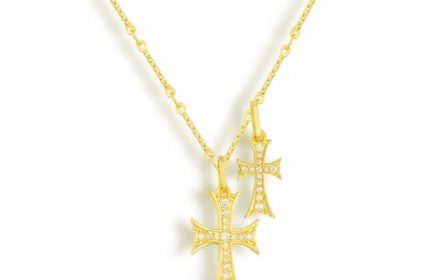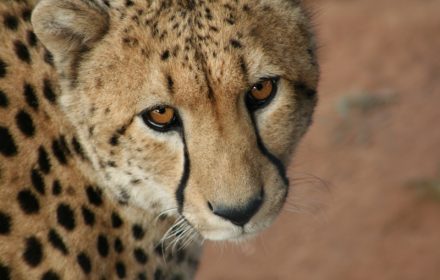In the realm of Native American symbolism, animals hold profound meaning, often serving as totems or spiritual guides that connect individuals with important traits and lessons for personal growth. Among these animals, the crocodile spirit animal stands out as a powerful totem of survival, strength, resilience, protection, and emotional depth.
Articles by V
When it comes to jewelry, bands are a timeless piece that can elevate your look without breaking the bank. There are options that combine elegance and affordability. We explore stylish yet affordable bands that are perfect for any budget, helping you find the right piece to add to your collection.
Here we will explore the 10 most frequently asked questions about crocodile symbolism, shedding light on the deeper meanings behind these reptiles and how they can connect with human experiences. We will also explore the concept of psychoticism in relation to crocodile symbolism, offering insights into how these ideas intersect.
We will help you navigate the world of psychic readings, with tips on finding trustworthy professionals in your area. Additionally, we will explore interesting connections between psychics and animal symbolism. Understanding how to find the best psychics near me have made a huge difference in the quality of my experience.
In this in-depth article about spirituality, we will explore the meaning and symbolism of the crocodile spirit animal and its significance in spirituality. We will also delve into how the crocodile’s teachings can help individuals navigate their spiritual journeys and provide insights for those seeking deeper meaning in their lives.
Mediums, spiritual guides who offer intuitive insights, often assist individuals in understanding the messages animals like the crocodile carry. If the crocodile spirit animal has appeared to you or if you are simply curious about its deeper meaning, this guide will provide answers to the 10 most commonly asked questions.
As one of the most resilient and primal animals in the world, the crocodile holds significant spiritual relevance, particularly in the realm of symbolism. Many people seek to understand the deeper meanings behind animal symbolism, and when it comes to the crocodile, its presence can bring valuable insights to you.
Crocodile, an ancient creature that has roamed the Earth for millions of years, holds deep symbolic significance in various cultures and spiritual traditions. For those seeking spiritual guidance, psychics often interpret the appearance of the crocodile as a message that provides valuable insights into personal growth, intuition, and life purpose.
Crocodile spirit animal holds powerful symbolism, representing resilience, primal instincts, and the balance between action and patience. Often interpreted by psychics and spiritual guides, the crocodile spirit animal can serve as a profound messenger in one’s life journey. Crocodile as your spirit animal offers guidance on how to navigate life.
Cheetah spirit animal is intertwined with African traditions, where it has been revered as a symbol of power and transformation. In this article, we explore the mysterious spirituality of the cheetah spirit animal through an African lens, uncovering its deep symbolic meanings and how it can influence one’s spiritual journey.










